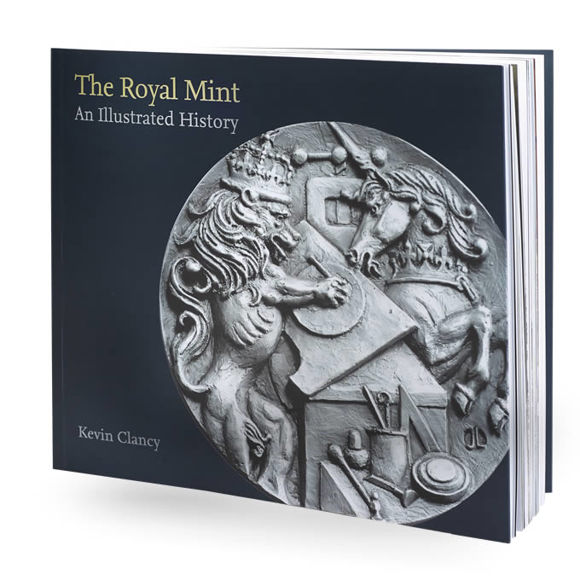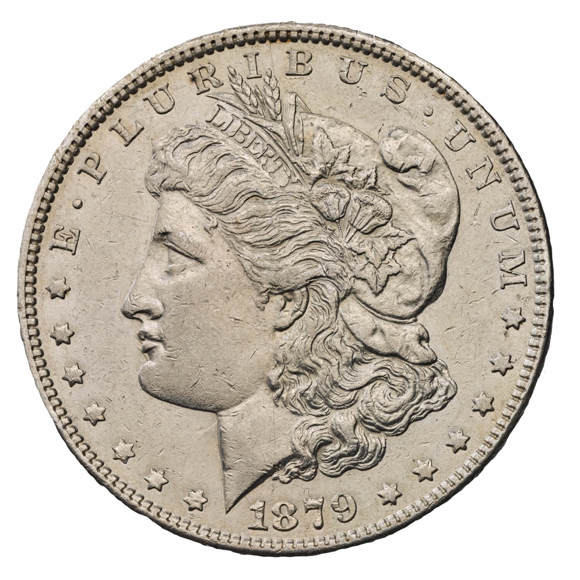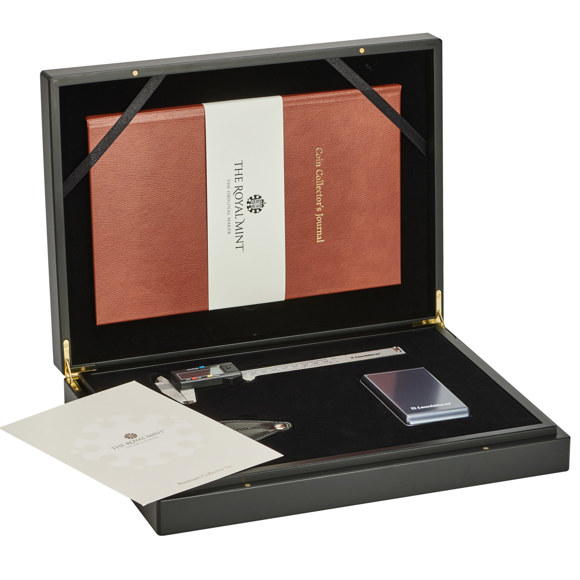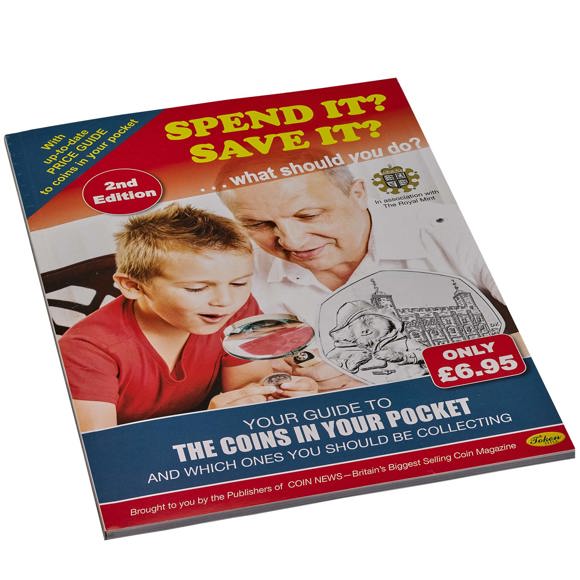Coin Collecting Glossary (from A to Z)
This handy tool is perfect for anyone interested in starting their own collection. Coin collecting is a rewarding hobby that provides many hours of pleasure. But, to the uninitiated, it can seem like coin collectors are speaking their own language. So, to help you get started, we’ve put together a glossary of coin collecting terms.
Alloy
The combination of two or more metals, usually to create something stronger and more resistant to corrosion.
Assay
The testing of metal to determine its content and quality. A coin assayer checks that coinage has been produced to the correct purity based on its specifications. This is particularly pertinent to gold and silver coinage.
Authentication
Reputable coin dealers offer an authentication service, certifying historic coins as genuine or not based on expert analysis.
Bag Mark
A surface mark, or nick, on a coin usually from contact with other coins in a mint bag. More often seen on large gold or silver coins. Also called ‘contact marks’.
Beading
A raised, dotted border along the rim of a coin.
Blank
A blank is a small disc of metal which is passed through a coin press that contains two dies. Dies strike the blanks with intense force to turn them into coins complete with a design on either side.
Brilliant Uncirculated
Brilliant Uncirculated refers to a striking standard. Commonly abbreviated to BU, these coins are struck to a higher standard than circulating and bullion coins. They offer a good level of design detail, but with lower definition than Proof coins.
Bullion
Precious metals in the form of bars, coins or ingots.
Cameo
A strong distinction in the surface appearance of foreground devices relative to the field. Proof coins often exhibit this feature.
Cast Coins
Coins produced by pouring metal into a mould. This method was used for the first Ancient Roman bronze coins and Chinese ‘cash’ coins, but is rarely used today. Modern counterfeit coins are often cast.
Circulated
A term used to indicate a coin that shows signs of wear and tear.
Die
An extremely hard stamping tool designed to withstand high pressure. Each die bears an image which is struck onto coins.
Edge
The rim of a coin, often containing a series of reeds, lettering or other decoration.
Encapsulated Coin
A coin that has been authenticated, graded and enclosed in plastic by an independent service.
Error
Sometimes errors occur during the minting process – the wrong date or inscription, for example. It’s very rare for these coins to find their way into circulation.
Exergue
A segment of the coin design separated by a line (usually indicating the ground in the design) in which a legend is placed/inscribed.
Field
The background area of a coin not used for a design or inscription.
Fleur de coin (FDC)
A coin of exceptionally high quality, where quality is determined not just by the wear of the coin in circulation but also by the wear and artistic quality of the dies from which it was minted. These factors are crucial for ancient coinage where variability was higher than in modern mints. See also Grade.
Grade
The condition of a coin or the amount of wear that a coin has received. Common grade terms used in the UK are Fine, Very Fine, Extremely Fine and Uncirculated. These grades can be split into divisions: Nearly and About are sub-grades and Good is an over grade, for example, ‘About Very Fine’ is just below ‘Very Fine’ and ‘Good Very Fine’ is just above ‘Very Fine’.
Grading
The condition of a coin or the amount of wear and tear it has received. Grades commonly used in the UK include Fine, Very Fine, Extremely Fine and Uncirculated.
High Relief
A coin with the raised design high above the field. Coins struck in high relief often have problems with details not appearing sharply enough and dies having a shorter than usual lifespan. If the design is higher than the rim, the coin may not be stackable, and the highest points of the design will wear away very quickly.
Laureate
A style of coin portraiture started in Ancient Rome which often show the Emperor's head crowned with a laurel wreath. A modern example is the first portrait of Her Majesty The Queen, which was used on UK coins from 1953 to 1967.
Legend
The principal inscription on a coin.
LEP
An abbreviation of Limited Edition Presentation – a term which refers to the number of coins or sets presented in a specific style.
Lettered Edge
The outside edge of a coin containing an inscription.
Low Relief
A coin with the raised design not very high above the field.
Lustre
The appearance of a coin's ability to reflect light; brilliance.
MCM
An abbreviation of Maximum Coin Mintage – a term which refers to the maximum number of coins that will be issued.
Milled Edge
The edge of a coin with grooved lines around the perimeter. Also known as a Reeded Edge.
Mint Mark
A small letter or symbol indicating where a coin was struck. For example, Sovereigns struck at our former branch mints bear ‘S’ for Sydney or ‘C ‘for Canada. They are sometimes added to modern commemorative coins, usually to mark a significant anniversary.
Mintage
The total number of coins struck. For example, a mintage of 1,000 coins.
Numismatic
A term used to describe the study or collection of coins and currency.
Numismatist
Someone who collects coins.
Obverse
The front or heads side of coin.
Piedfort
Pronounced ‘pee a fort’, a piedfort coin is a coin struck on a planchet that is thicker than normal, typically twice as thick.
Planchet
A disc-shaped metal blank onto which the image of a coin is pressed.
Proof
Coins specially struck for collectors using polished dies and blanks. The resulting coins usually have a mirror field and raised areas are frosted in appearance.
Re-strike
Coins struck from genuine dies at a date later than the original issue.
Reverse
The back or tails side of the coin; the opposite of 'obverse'.
Rim
A raised portion of the design along the edge that protects the coin from wear and tear. It also makes the coins stackable and easy to roll by machine.
SOTD
An abbreviation of Strike on the Day. A commemorative coin that has been struck on the same day as an important royal or historic occasion.
Toning
The surface film caused by oxidation, usually green or brown, mostly found on older silver, copper or bronze coins. Also known as ‘Patina’, this characteristic can enhance the detail on silver coins and therefore increase their desirability
Truncation
A sharply cut off bottom-edge of a portrait or bust. The coin engraver's initials are often found on the truncation.
Uncirculated
A coin that has never been used, thus retaining all or most of its original lustre.




